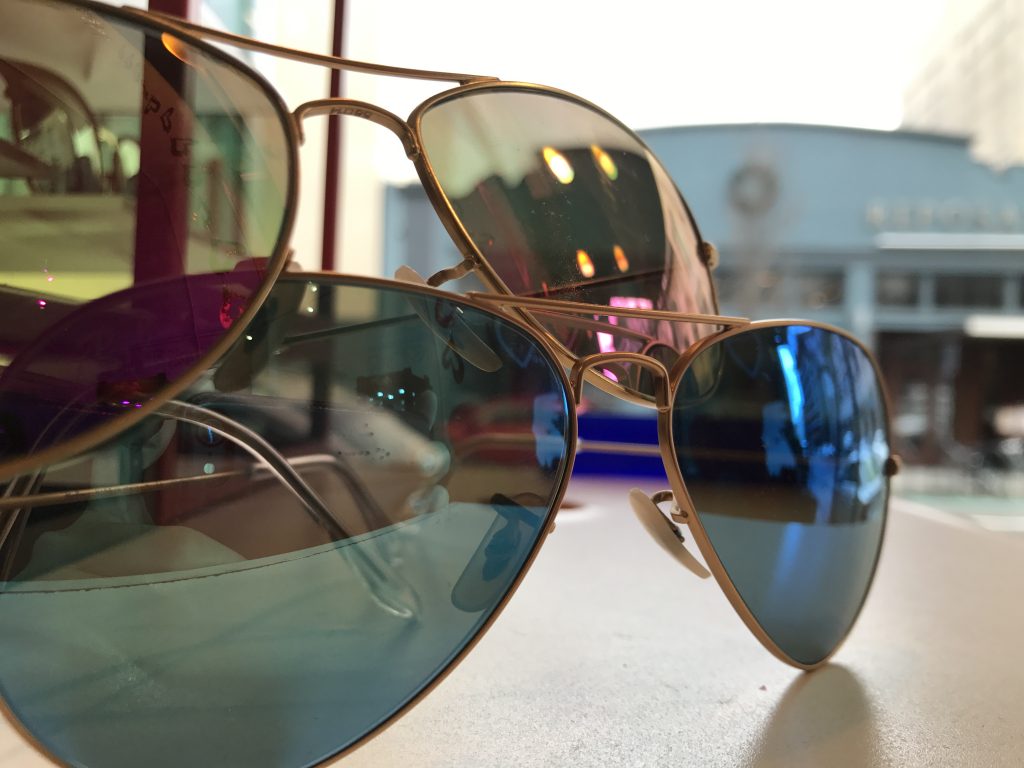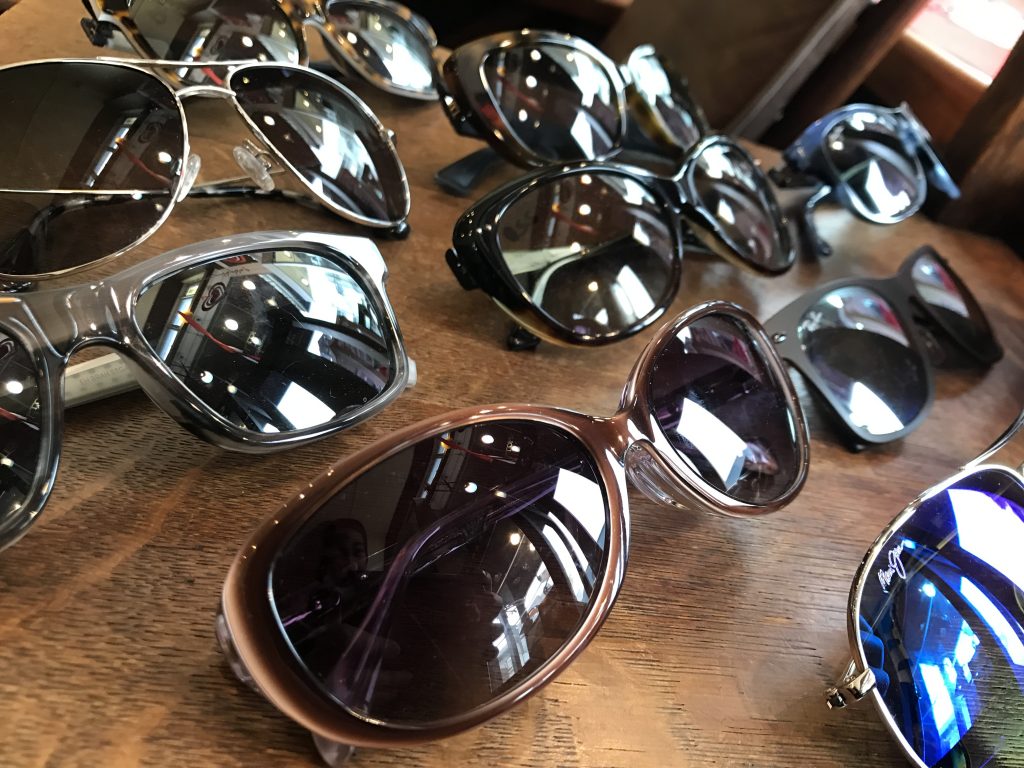
ABCs of Ultraviolet Radiation
There are three ranges of UV radiation: UVC, UVB and UVA. The most damaging form is UVC, but luckily it’s absorbed by the Earth’s atmosphere and doesn’t reach us. Exposure to UVB rays is closely linked with photokeratitis (a kind of sunburn of the cornea), cataracts and other conditions.
Eye Damage in the Short Term Is Possible
It can take years before you experience any of the sun’s damaging effects on your eyes. But some damage can occur in the short term, such as photokeratitis and photoconjunctivitis, an inflammation of the membrane outside of the eye. If your eyes feel tired, sore and gritty after a day at the beach, skiing or boating, you may have experienced UV radiation exposure.
Unexpected Sources of Ultraviolet Radiation Exposure
Although direct sunlight from the sun itself can be extremely damaging to eyes, reflected UV rays can be even more dangerous. For example, grass, soil and water reflect less than 10 percent of the UV radiation, but fresh snow reflects as much as 80 percent, dry sand about 15 percent and sea foam about 25 percent. And, because you’re more likely to look down than up, there is a difference in the amount of UV light reflected directly into your eyes. Hats with brims offer no protection from UV rays reflected up from surfaces such as pavement, sand and water.
The time of day also influences the available UV rays, and eye exposure to UV is quite different than for skin. At noon, the UV dose can be as much as 10 times higher than the dose three hours earlier or later. But because the eye is naturally shaded by the brow ridge when the sun is high in the sky, the highest ultraviolet radiation exposure for eyes is actually in the morning and mid-afternoon, rather than at noon as it is for skin. Sun exposure to the eyes tends to be more constant in fall, winter and spring when the sun is lower in the sky.
Protect Your Children’s Eyes
Researchers estimate that a significant amount of lifetime exposure to UV rays may occur by age 18 and that children’s annual dose of radiation may be up to three times that of adults. Compared to their parents, children have larger pupils (allowing more light into their eyes) and clearer lenses, and are outside without eye protection much more frequently and for longer periods than most adults. That’s why it’s so important to protect children’s eyes with appropriate eyewear.
More Sun Protection Is Better
More is better when it comes to protecting your eyes from the sun, according to eye experts. If you’re planning to be out in the sun, protect your eyes with a combination of quality sunglasses, hats and contact lenses with UV absorption.
Helping to Protect Your Eyes from Sun Exposure
While sunglasses are definitely a good idea when it comes to eye protection, not all sunglasses are created equal. Choose sunglasses made from reputable spectacle labs and sports name brands.
Other things to look for:
- Lenses large enough to completely cover the eye and prevent as much light as possible from entering through the edges of the glasses. Wrap-around sunglasses are best.
- Darker lenses, particularly if you are more light sensitive.
- Gray lenses. They provide the least color distortion, but not any better protection than other colored lenses. While most sunglasses can help block UV rays from entering through the lenses, most frame styles do not prevent rays from reaching the sides, top and bottom of the glasses.
While most sunglasses can help block UV rays from entering through the lenses, standard frame styles do not prevent rays from reaching the sides, top and bottom of the glasses.
UV blocking contact lenses can also provide an ADDITIONAL important measure of protection. The level of protection can vary. Contact lenses that help protect against transmission of harmful UV rays are classified into two categories: Class 1 and Class 2. Class 1 UV-blockers provide the greatest measure of UV protection, blocking 96% of UVA rays and 100% of UVB rays.

Come in and try on some sunglasses! Our prescription and non-Rx sunglasses block 100% of UVB rays. We carry Maui Jim, Rayban, Oakley, Rudy Project, Christian Dior, Beausoleil Paris, and other quality sunglass brands. Ask us for UV blocking soft contact lenses and encourage your kids to wear sunglasses!
